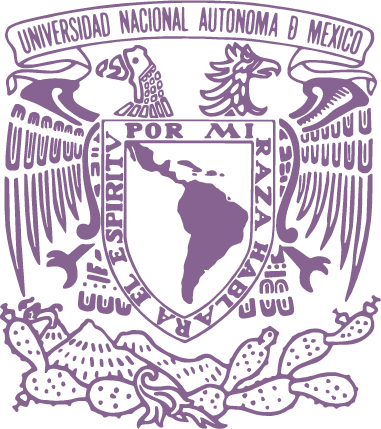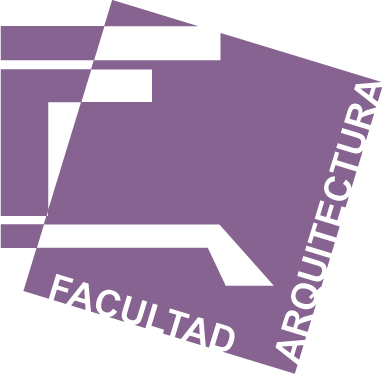Título
Oscar Hagerman"s Enclosed Universes Architecture and Design for a Community
Autor(es)
Vera, Paloma
Área del conocimiento
Multidisciplina
Fecha de publicación
12-may-2011
Extensión
Páginas: 32-39
Idioma
spa
Tipo de recurso
Artículo de Divulgación
Propietario
La titularidad de los derechos patrimoniales de esta obra pertenece a: Universidad Nacional Autónoma de México
Editor
Universidad Nacional Autónoma de México. Facultad de Arquitectura
Lugar de publicación
MX
Derechos de acceso
Acceso abierto
Identificador
https://www.revistas.unam.mx/index.php/bitacora/article/view/25114
URL del rcurso digital
Nombre del repositorio
Repositorio Facultad de Arquitectura. https://repositorio.fa.unam.mx/
ISSN
ISSN electrónico: 2594-0856
ISSN impreso: 1405-8901
ISSN impreso: 1405-8901
DOI
https://doi.org/10.22201/fa.14058901p.2009.19.25114
Resumen
Hagerman makes the impossible come true: to dignify people and rescue their cultural values with a shared in common and democratic sense; this is the intention behind his designs. He is not intended to be rural but authentic, working from the ethics rather than the aesthetic. His main talent is the sensitivity for listening. His wise moves: imagination and obduracy, for not surrendering work in precarious conditions. His intention has always been to look for the easily appropiated designs, directly originated from the user"s needs and with the best solutions for the. He is trying to use their aesthetic characteristics according to the place, instead of trying to aaesthetize poverty. In the strictest sense, Hagerman not only makes architecture and design for the community, he does it to help organize cooperatives that promote communitarian work, so that the same social network stays and generates work at the own localities. In his architecture, design and social participation projects, coherence and logic, with a place and a user, has always been his fundamental concern. The first stage of his professional experience was fundamentally urban. In the seventies he constructed a weekend house for his family in Valle de Bravo from a room that already existed in the land. This house is one of the first works he designed and that better explains the principles of his architecture: a simple house in town, integrated to the landscape, he protects because that house is made to inhabit itself, covering the most essential of human necessities. In the sixties, he crossed the border between urban and rural projects with Don Emiliano"s Cooperative of Carpenters in Ciudad Nezahualcóyotl. With the Cooperative he made many designs for children"s furniture, among them the Arrullo chair (1968), which gained the IMCE (Instituto Mexicano de Comercio Exterior, Mexican Institute of Foreign Trade) prize in 1974. The objects and furniture he designs to be constructed by cooperatives always have an expression related to materials, to the natural thing, as in sculpture factories of the Renaissance where learning began by knowing the materials in order to make; Hagerman recognizes the value of senses, touching and learning as original as possible, ergo forms must harmonize with the structure of material, body and culture as well.
Es parte de la revista
Bitácora Arquitectura; Núm. 19 (2009): Bitácora 19
Los ítems de DSpace están protegidos por copyright, con todos los derechos reservados, a menos que se indique lo contrario.

